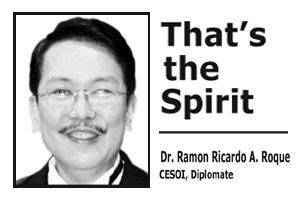OUR country’s current problem about the African Swine Fever (ASF) is far from over. The recent disclosure of ASF-contaminated processed meat products and the reporting of ASF infections in more places in the country indicate that our country has not succeeded in containing the virus.
While it is clear that the government is doing what it can, it needs to reassess what adjustments on strategy are needed to effectively prevent the further spread of the virus.
The move of some local governments to ban the entry and exit of hogs and hog products, specifically the entry of those coming from ASF-affected areas, is a wise move. The negative effects of this intervention particularly for the processed meat industry is the price that needs to be paid in solving the ASF problem.
Current losses on the part of the hog and hog product industries need to be appreciated for their long-term value. Losses will obviously be far greater if the spread of the ASF virus will not be prevented.
The compensation intervention of both the national and local governments is also a good one, but it is obviously not as effective as it is intended to be.
The national government, through the Department of Agriculture is paying hog raisers R3,000 for each pig following the mandatory culling of pigs within one kilometer of an identified ASF infection. Some local governments (provincial, city/municipality) shell out additional compensation.
The compensation intervention should not serve merely as “assistance” to affected hog raisers. The same should be used to ensure that all potentially infected pigs are culled.
For such intervention to serve its purpose, the national and local governments need to think and act together. The basic question that needs to be answered is – is the offered compensation enough to ensure 100% culling of potentially infected pigs?
In some cases, hog raisers admitted that they hid some of their pigs to cut their losses.
The government should not use budget constraints as reason or justification for limiting the amount of compensation to affected hog raisers. The logic here is simple – if the compensation intervention is not effective and thus, the spread of the virus is not contained, the government will end up paying more than what it should have paid if the compensation amount is enough to prevent the “hiding” of potentially infected pigs. In this case, “enough” compensation is simply the commercial value of the pigs. This scheme is obviously the effective way of serving the public interests using the people’s money.



